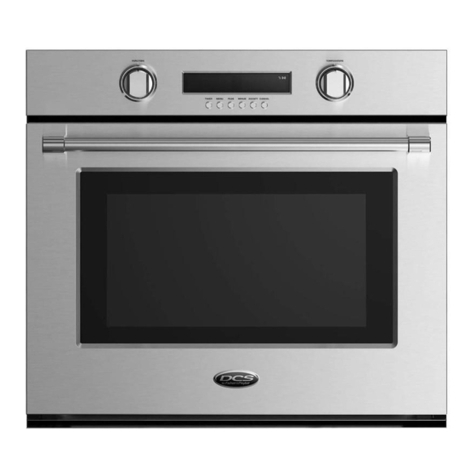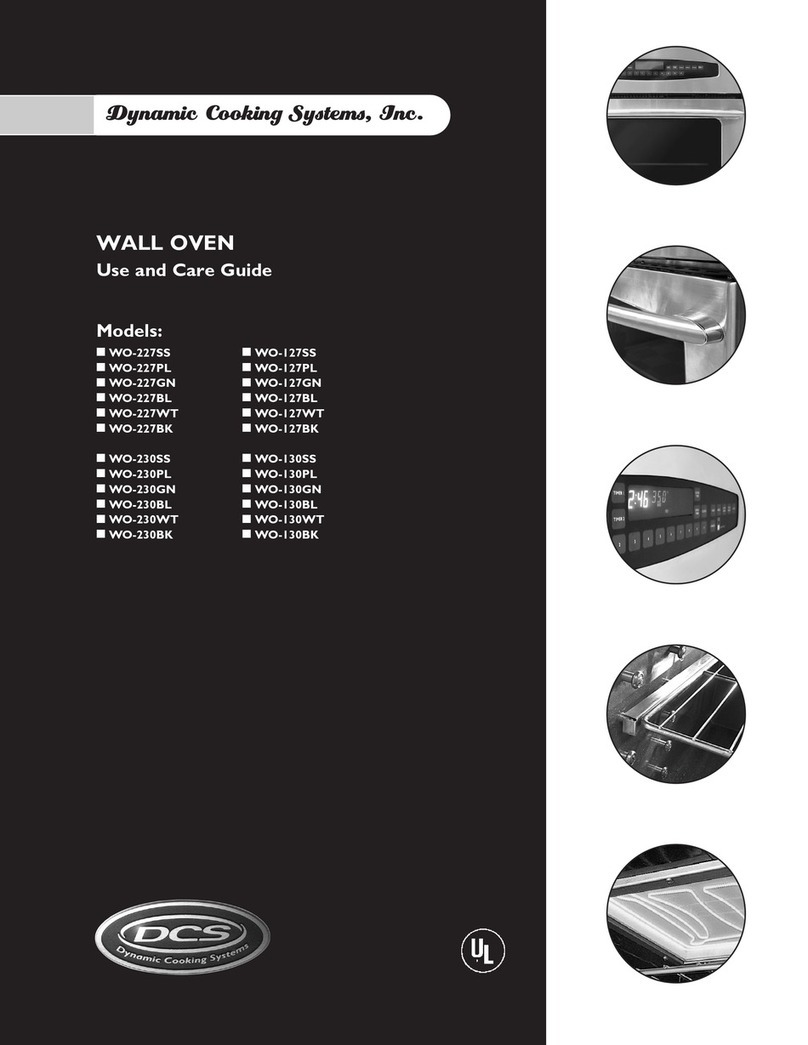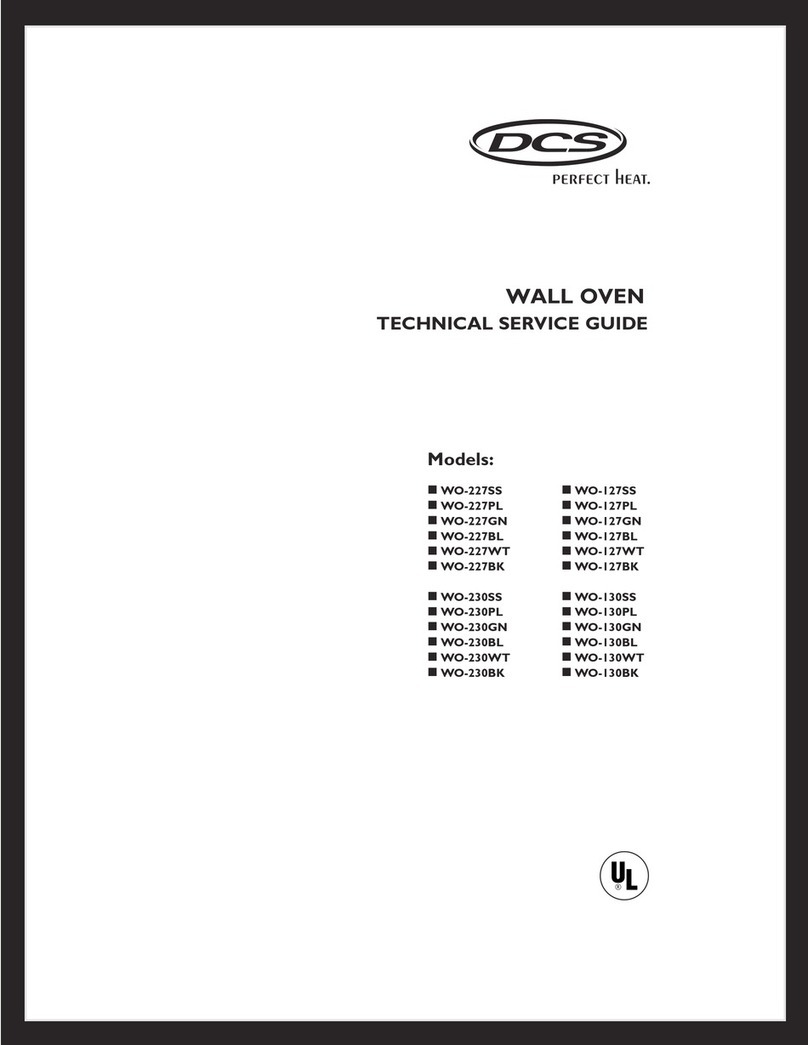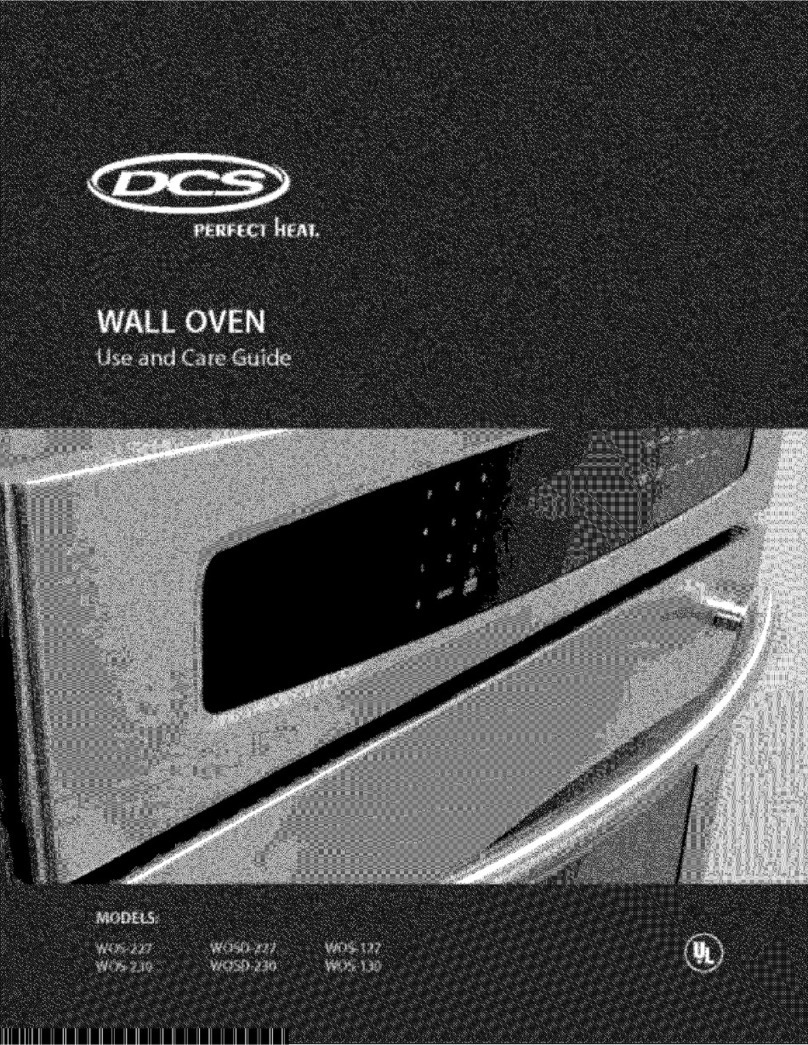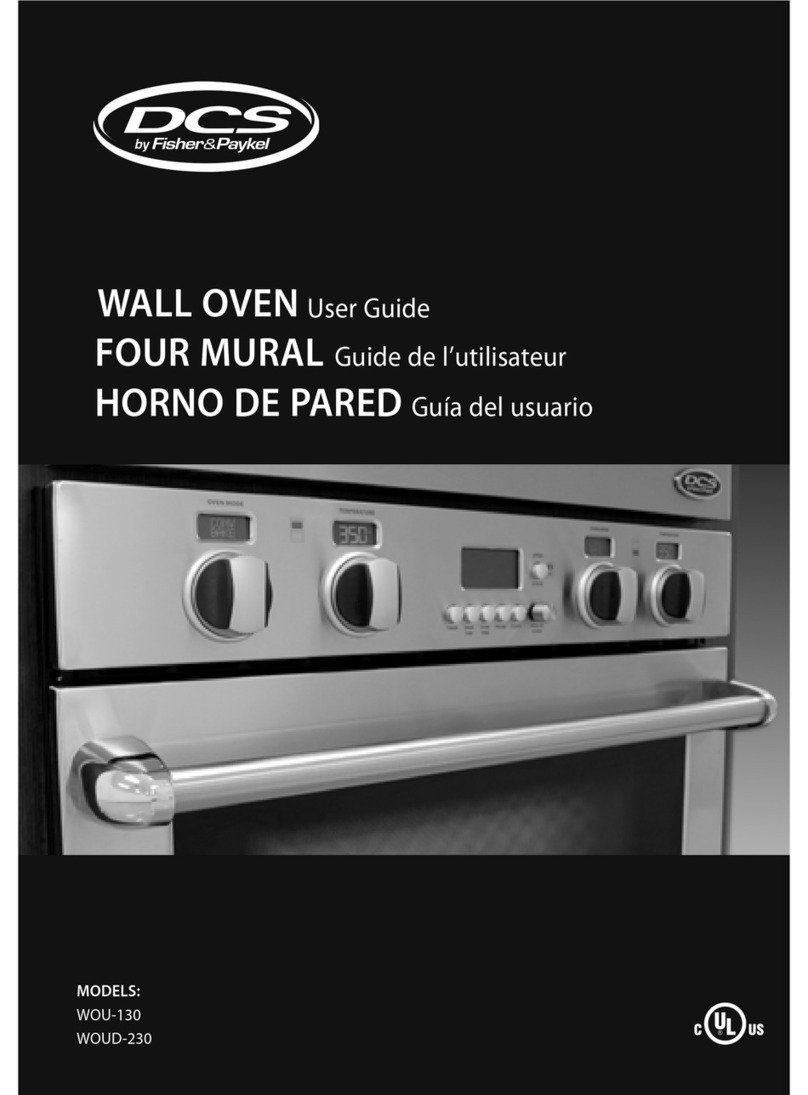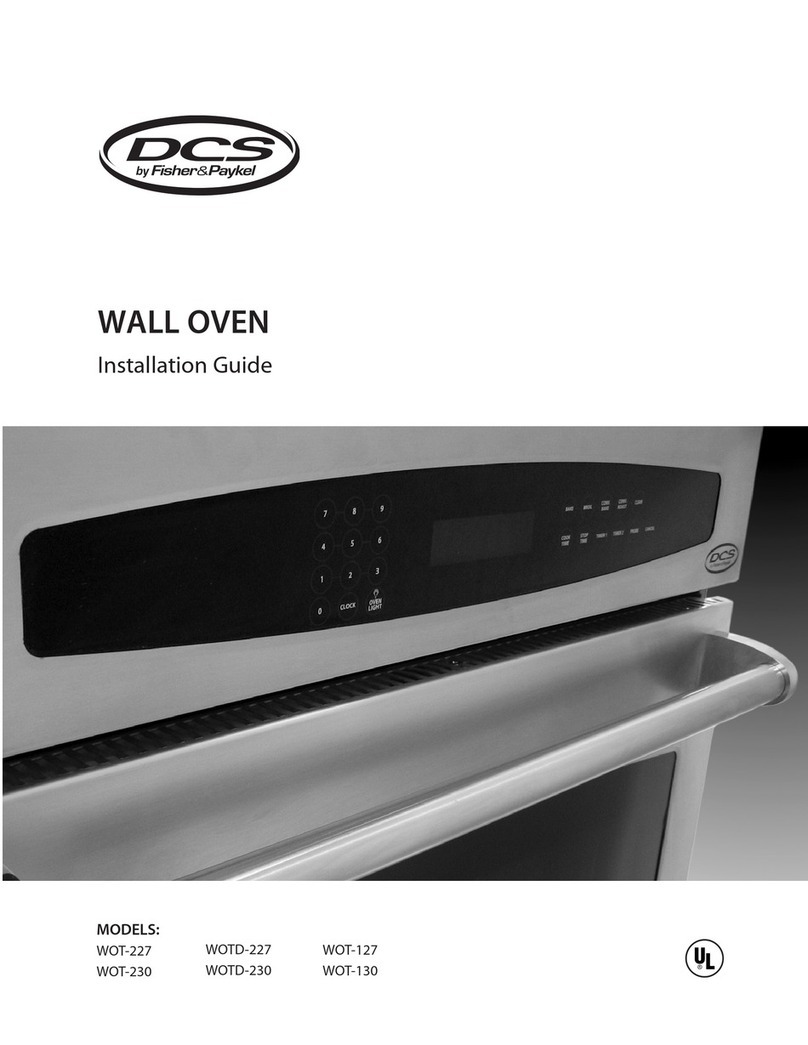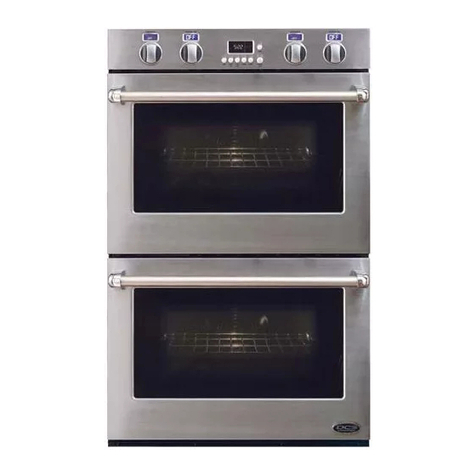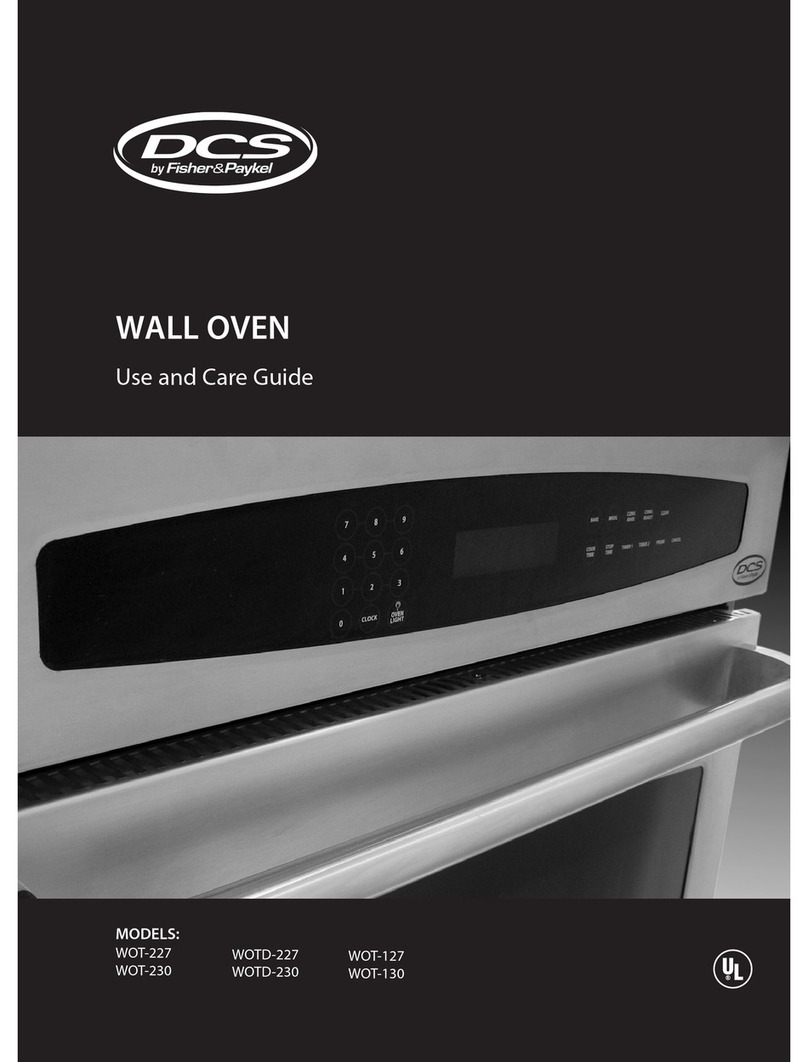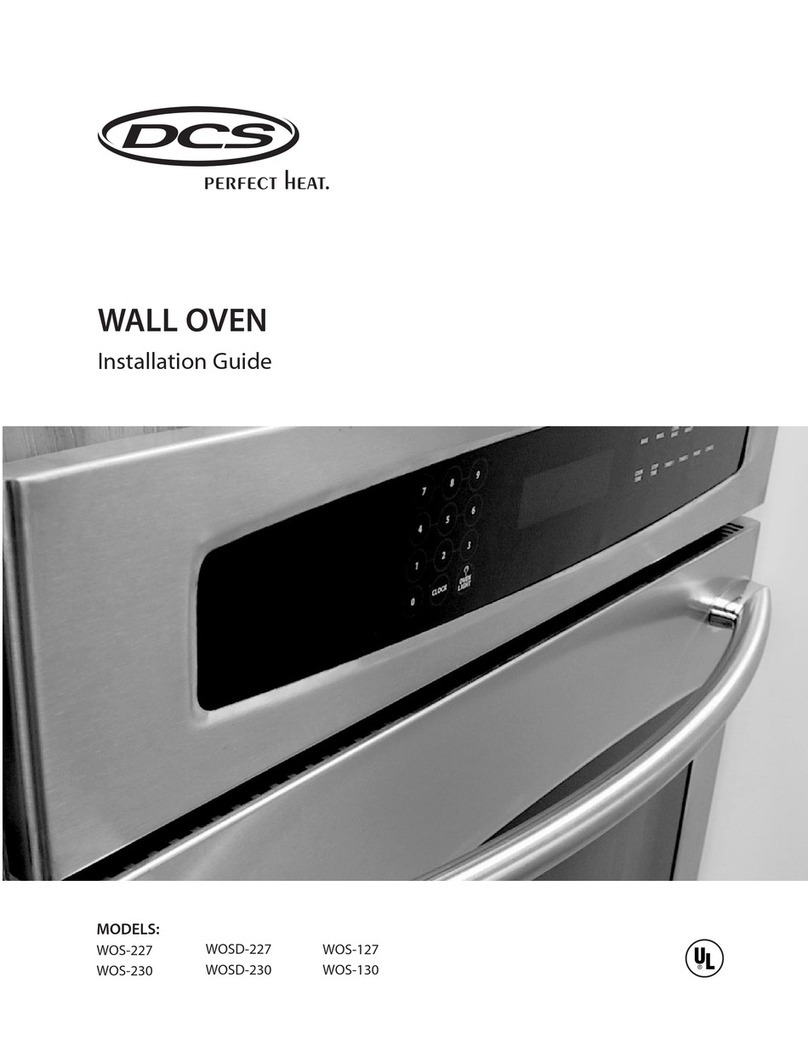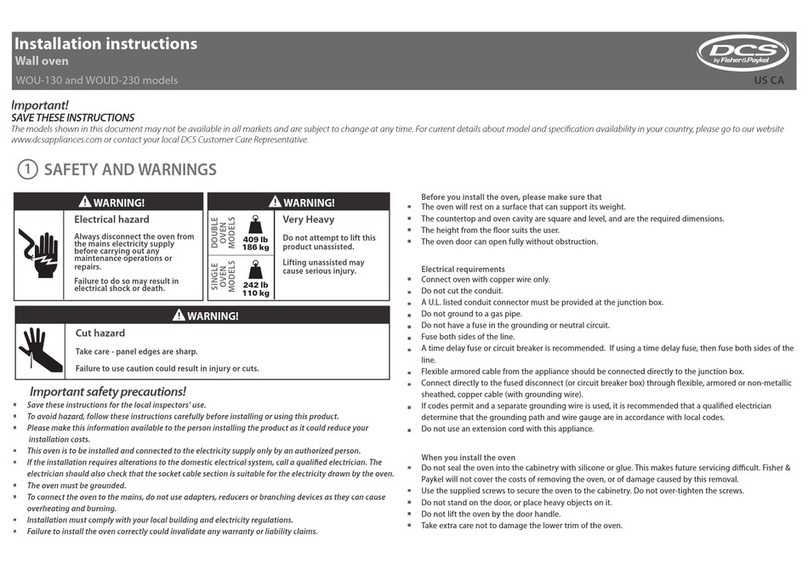2
IMPORTANT!
SAVE THESE INSTRUCTIONS
The models shown in this installation guide may not be available in all markets and are subject to change at any time. For current details about model and specification availability in your country, please go to our
website www.dcsappliances.com or contact your local DCS by Fisher & Paykel dealer.
1SAFETY AND WARNINGS
WARNING!
Electrical shock hazard
Before carrying out any work on the electrical section of the appliance, it
must be disconnected from the mains electricity supply.
Connection to a good ground wiring system is absolutely essential and
mandatory.
Alterations to the domestic wiring system must only be made by a
qualified electrician
Failure to follow this advice may result in electrical shock or death.
WARNING!
Cut hazard
Take care - some panel edges are sharp.
Failure to use caution could result in injury or cuts.
IMPORTANT SAFETY INSTRUCTIONS!
Save these instructions for the local inspectors use.
To avoid hazard, follow these instructions carefully before installing or using this appliance.
Please make this information available to the person installing the appliance - doing so could
reduce your installation costs.
This oven is to be installed and connected to the electricity supply only by an authorized
person.
If the installation requires alterations to the domestic electrical system, call a qualified
electrician. The electrician should also check that the socket cable section is suitable for the
electricity drawn by the oven.
The oven must be grounded.
Installation must comply with your local building and electricity regulations.
This appliance must be installed and connected to the mains power supply only by a suitably
qualified person according to these installation instructions and in compliance with any
applicable local building and electricity regulations. Failure to install the appliance correctly
could invalidate any warranty or liability claims.
If the power supply cable is damaged, it must be replaced by the manufacturer, its service
agent or similarly qualified person in order to avoid a hazard.
A circuit breaker is recommended.
Do not use adaptors, reducers or branching devices to connect the oven to the mains
electricity supply, as they can cause overheating and burning.
Make sure the cavity is completely sealed with no gaps. This is to ensure the oven cooling
system functions correctly.
Electrical requirements
Connect oven with copper wire only.
Do not cut the conduit.
A U.L. listed conduit connector must be provided at the junction box.
Do not ground to a gas pipe.
Do not have a fuse in the grounding or neutral circuit.
Fuse both sides of the line.
A time delay fuse or circuit breaker is recommended. If using a time delay fuse, then fuse
both sides of the line.
Flexible armored cable from the appliance should be connected directly to the junction box.
Connect directly to the fused disconnect (or circuit breaker box) through flexible, armored or
non-metallic sheathed, copper cable (with grounding wire).
If codes permit and a separate grounding wire is used, it is recommended that a qualified
electrician determine that the grounding path and wire gauge are in accordance with local
codes.
WARNING!
Fire hazard
Do not use adapters, reducers, or branching devices to connect this
appliance to the mains power supply.
Failure to follow this advice may result in overheating, burning, or fire.
409 lb
186 kg







